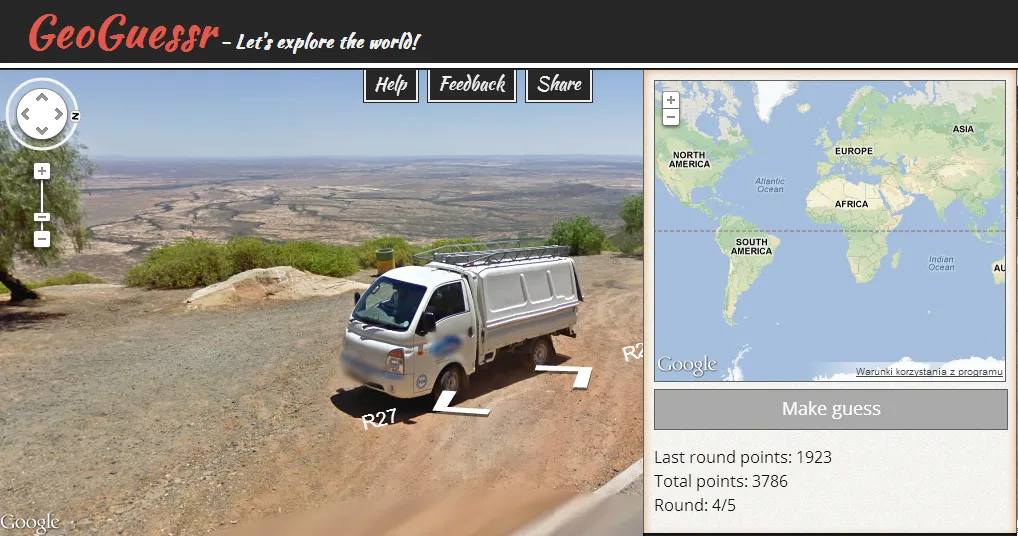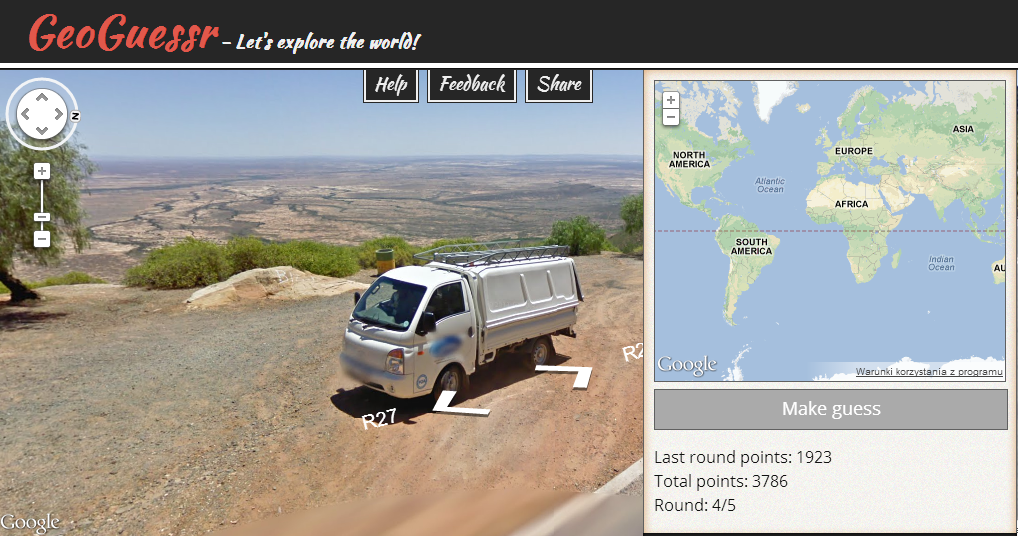
#Ideas
#Insights
GeoGuessr – Street View-Based Geography Game
Also see: Google Earth’s Carmen Sandiego game will give ’90s kids serious déjà vu
Did you like the article about GeoGuessr? Read more and subscribe to our monthly newsletter!


#Ideas
#GeoDev
#Ideas
#Insights
Landscape of UX in Geospatial/EO: Revolutionizing Earth Observation and Remote Sensing
#GeoDev
#Ideas
#News
From Cloud Buckets to Maps: Modern Tools for Streaming and Visualizing Raster Data
#Fun
#GeoAI
#GeoDev
#Ideas
#Insights
#News
#Science
Tech for Earth as a Living Digital Nervous System






